How to Choose the Right Marine Battery for Your Boat

Selecting the right marine battery is crucial for reliable performance on the water. Unlike automotive batteries, marine batteries must withstand harsh conditions including constant vibration, extreme temperatures, and the corrosive marine environment. They also need to deliver consistent power for various applications from engine starting to running electronics and accessories. Choosing incorrectly can lead to frustrating power failures, shortened battery life, or even being stranded on the water.
This comprehensive guide will help you understand the different types of marine batteries, how to determine the right size and capacity for your needs, proper installation techniques, maintenance best practices, and troubleshooting common issues. Whether you're replacing an existing battery or outfitting a new boat, this information will help you make an informed decision that ensures reliable power for all your boating activities.
Understanding Marine Battery Types
Marine batteries are designed for specific functions, and using the right type for each application is essential:
Starting Batteries
Designed specifically to start engines:
- Function: Deliver high cranking amps for short bursts to start engines
- Construction: Thinner, more numerous lead plates to maximize surface area
- Key specifications: Cold Cranking Amps (CCA), Marine Cranking Amps (MCA)
- Best for: Engine starting only, not designed for deep cycling
- Typical applications: Single-battery setups in smaller boats with minimal electronics
Starting batteries excel at providing the initial surge of power needed to crank an engine but can be damaged if deeply discharged repeatedly.
Deep Cycle Batteries
Designed for sustained power delivery:
- Function: Provide steady power over extended periods
- Construction: Thicker, fewer lead plates that withstand repeated discharge cycles
- Key specifications: Amp-hour (Ah) capacity, Reserve Capacity (RC)
- Best for: Running electronics, trolling motors, and accessories
- Typical applications: House power for electronics, lighting, pumps, and other accessories
Deep cycle batteries can be discharged to 50-80% of their capacity repeatedly without damage, making them ideal for powering equipment over extended periods.
Dual-Purpose Batteries
A compromise design for both starting and cycling:
- Function: Provide both starting power and moderate cycling ability
- Construction: Medium-thickness plates balancing cranking ability and cycle life
- Key specifications: Both CCA/MCA and Amp-hour ratings
- Best for: Boats with limited space for only one battery
- Typical applications: Smaller boats needing one battery for both starting and accessories
Dual-purpose batteries are a compromise solution that works well for boats with modest power needs but aren't ideal for boats with heavy electrical demands.
Battery Chemistry Options
Marine batteries come in several different chemical compositions:
Flooded Lead Acid (FLA)
- Pros: Lowest initial cost, widely available, proven technology
- Cons: Requires maintenance, must remain upright, vents hydrogen gas, shorter lifespan
- Maintenance: Regular water level checks, terminal cleaning, and equalization charging
- Best for: Budget-conscious boaters with good access to batteries for maintenance
Absorbed Glass Mat (AGM)
- Pros: Maintenance-free, spill-proof, higher power density, better vibration resistance
- Cons: Higher cost, sensitive to overcharging, heavier than flooded
- Maintenance: Minimal; primarily proper charging and clean connections
- Best for: Most recreational boaters seeking reliability and minimal maintenance
Gel Cell
- Pros: Maintenance-free, excellent deep cycling, resistant to extreme temperatures
- Cons: Higher cost, requires specific charging profiles, lower peak power
- Maintenance: Minimal; primarily proper charging with gel-specific chargers
- Best for: Deep cycling applications in extreme environments
Lithium Iron Phosphate (LiFePO4)
- Pros: Lightest weight, longest lifespan, fastest charging, deepest discharge capability
- Cons: Highest initial cost, requires battery management system, specific charging requirements
- Maintenance: Minimal; primarily proper charging and temperature management
- Best for: Performance-oriented boaters, weight-sensitive applications, long-term value
For reliable marine battery options, explore our marine battery collection, featuring high-quality options for all boating applications.
Key Battery Specifications Explained
Understanding battery specifications helps you select the right battery for your needs:
Starting Battery Ratings
Cold Cranking Amps (CCA)
- Definition: The number of amps a battery can deliver at 0°F for 30 seconds while maintaining at least 7.2 volts
- Importance: Critical for cold-weather starting reliability
- Typical range: 500-1200 CCA for most marine applications
- Selection tip: Match or exceed the engine manufacturer's recommended CCA rating
Marine Cranking Amps (MCA)
- Definition: The number of amps a battery can deliver at 32°F for 30 seconds while maintaining at least 7.2 volts
- Importance: More relevant for typical marine conditions than CCA
- Typical range: MCA ratings are typically 20-25% higher than CCA ratings
- Selection tip: If CCA requirements are unknown, choose a battery with MCA 1.5-2 times the engine's cubic inch displacement
Deep Cycle Battery Ratings
Amp-Hour (Ah) Capacity
- Definition: The amount of current a battery can supply for 20 hours before voltage drops to 10.5 volts
- Importance: Indicates how long the battery can power devices
- Typical range: 50-225 Ah for recreational marine applications
- Selection tip: Calculate your total amp-hour needs based on all devices and desired runtime
Reserve Capacity (RC)
- Definition: The number of minutes a battery can deliver 25 amps while maintaining at least 10.5 volts
- Importance: Indicates how long the battery can run essential systems if the charging system fails
- Typical range: 80-400 minutes for marine deep cycle batteries
- Selection tip: Higher RC provides better insurance against charging system failures
Physical Specifications
Battery Group Size
- Definition: Standardized physical dimensions (length, width, height)
- Common marine sizes: 24, 27, 31, 4D, 8D
- Importance: Must fit in available battery compartment space
- Selection tip: Measure your battery compartment before purchasing
Terminal Type and Layout
- Common types: SAE post, stud, dual terminals, marine terminals
- Importance: Must match your existing cables or require adapter
- Selection tip: Consider terminal location and accessibility in your installation space
Weight
- Range: 40-130+ pounds depending on size and chemistry
- Importance: Affects boat weight distribution and handling
- Selection tip: Consider lithium options for weight-sensitive applications
Determining Your Battery Needs
Follow these steps to calculate your specific battery requirements:
Starting Battery Sizing
-
Check manufacturer recommendations:
- Engine manufacturer's minimum CCA rating
- Consider adding 20% capacity for aging and cold conditions
-
Consider engine size:
- Outboards under 30 HP: 350-400 CCA
- 30-115 HP: 500-650 CCA
- 115-250 HP: 650-850 CCA
- 250+ HP: 850+ CCA
- Multiple engines: Separate starting battery for each or one larger battery
-
Account for environmental factors:
- Cold weather operation requires higher CCA
- Infrequent use suggests higher reserve capacity
House Battery Capacity Calculation
-
List all electrical devices:
- Device name
- Amperage draw (or watts divided by voltage)
- Hours of operation per day
-
Calculate amp-hours for each device:
- Amp-hours = Amps × Hours of use
- Example: 5A device used for 3 hours = 15 Ah
- Sum all amp-hours for total daily consumption
-
Apply safety factors:
- For lead-acid: Double the capacity (50% maximum discharge)
- For lithium: Add 20-30% (80% maximum discharge)
- Add 20% for battery aging
-
Consider days of autonomy:
- Multiply by days between charging opportunities
Example Calculation:
For a boat with:
- VHF radio: 1.5A × 2 hours = 3 Ah
- Navigation lights: 3A × 3 hours = 9 Ah
- Fish finder: 0.5A × 8 hours = 4 Ah
- Stereo: 5A × 4 hours = 20 Ah
- Bilge pump: 4A × 0.5 hours = 2 Ah
- Total daily consumption: 38 Ah
For lead-acid battery with 50% discharge limit: 38 Ah × 2 = 76 Ah
Adding 20% for aging: 76 Ah × 1.2 = 91.2 Ah
Recommended battery capacity: 100 Ah (next standard size up)
Battery Bank Configuration
Series Connection
- Purpose: Increases voltage while maintaining the same capacity
- How to connect: Connect positive terminal of one battery to negative terminal of another
- Result: Two 12V 100Ah batteries in series = 24V 100Ah system
- Applications: 24V or 36V trolling motors, larger boats with 24V systems
Parallel Connection
- Purpose: Increases capacity while maintaining the same voltage
- How to connect: Connect positive terminals together and negative terminals together
- Result: Two 12V 100Ah batteries in parallel = 12V 200Ah system
- Applications: Extended runtime for 12V systems, higher capacity house banks
Series-Parallel Connection
- Purpose: Increases both voltage and capacity
- How to connect: Create series pairs, then connect the pairs in parallel
- Result: Four 12V 100Ah batteries in series-parallel = 24V 200Ah system
- Applications: Larger boats with 24V systems requiring high capacity
Pro Tip: When connecting batteries in parallel, use batteries of the same type, age, and capacity. Mixing different batteries can lead to charging imbalances and reduced overall performance.
Battery Installation Best Practices
Proper installation ensures safety, performance, and longevity:
Location and Mounting
- Choose a dry, ventilated location: Batteries should be protected from direct water exposure
- Secure mounting: Use proper battery boxes or trays with hold-down straps
- Accessibility: Ensure terminals can be reached for maintenance and inspection
- Orientation: Flooded batteries must remain upright; AGM and gel can be mounted in various positions
- Proximity: Install as close to the load as practical to minimize voltage drop
- Separation: Keep batteries away from fuel lines, fuel tanks, and sources of sparks
Wiring and Connections
-
Cable sizing: Use marine-grade cables sized appropriately for the current and distance
- Starting batteries: Typically 2/0 to 4/0 AWG for main cables
- House batteries: Sized based on maximum current draw
-
Terminal connections:
- Clean terminals before connection
- Use marine-grade terminal connectors with proper crimping
- Apply dielectric grease to prevent corrosion
- Tighten connections firmly but don't overtighten
-
Circuit protection:
- Install properly rated fuses or circuit breakers within 7 inches of the battery
- Use waterproof fuse holders designed for marine use
- Size protection devices based on wire capacity, not load
Battery Switches and Isolation
-
Battery selector switch:
- Install a marine-rated battery switch for selecting between batteries
- Common positions: Off, 1, 2, Both/All
- Mount in an accessible location
-
Automatic charging relays (ACR):
- Allows automatic charging of multiple batteries from one alternator
- Isolates batteries during discharge to prevent draining the starting battery
-
Battery isolators:
- Diode-based devices that allow charging of multiple batteries
- Prevents discharge between batteries
- Creates some voltage drop (0.6-0.7V typically)
Multiple Battery Setups
Basic Two-Battery System
- One starting battery dedicated to engine starting
- One house battery for electronics and accessories
- Battery switch to select which battery is in use
- ACR or isolator to charge both from the alternator
Advanced Multi-Battery Systems
- Dedicated starting battery for each engine
- House battery bank sized for electrical demands
- Automatic charging management system
- Separate charging sources (alternator, shore power, solar)
- Battery monitoring system
For battery installation supplies, explore our battery accessories collection, featuring cables, terminals, and mounting hardware.
Charging Systems and Maintenance
Proper charging is critical for battery performance and longevity:
Marine Battery Chargers
Types of Chargers
- Single-stage chargers: Basic chargers with constant voltage
- Multi-stage chargers: Sophisticated chargers with bulk, absorption, and float stages
- Smart chargers: Microprocessor-controlled with battery type selection and diagnostics
- Waterproof/marinized chargers: Designed specifically for the marine environment
- Multi-bank chargers: Can charge multiple batteries independently
Charging Stages Explained
- Bulk stage: Maximum current delivery until battery reaches 80-90% charge
- Absorption stage: Constant voltage with decreasing current to fully saturate plates
- Float stage: Low voltage maintenance charge to compensate for self-discharge
- Equalization: Controlled overcharge to remove sulfation (for flooded batteries only)
Alternator Charging
-
Standard alternators:
- Typically 40-90 amps for most marine engines
- Basic voltage regulation
- Limited charging profile capabilities
-
High-output alternators:
- 100-200+ amps for faster charging
- Better suited for larger battery banks
- Often require additional cooling
-
External regulators:
- Aftermarket regulators for multi-stage charging
- Temperature compensation for optimal charging
- Programmable for different battery types
Alternative Charging Sources
-
Solar panels:
- Clean, quiet power generation
- Requires solar controller for proper battery charging
- Output varies with sunlight conditions
-
Wind generators:
- Effective in windy conditions
- Can generate power day and night
- Requires mounting space and creates some noise
-
Portable generators:
- On-demand power when needed
- Requires fuel and creates noise
- Must be used with appropriate battery charger
Routine Battery Maintenance
For Flooded Lead Acid Batteries
- Water level checks: Monthly during active use
- Watering: Add distilled water to cover plates by 1/4 inch
- Terminal cleaning: Remove corrosion with baking soda solution
- Specific gravity testing: Check with hydrometer to assess charge state
- Equalization charging: Periodic controlled overcharge to remove sulfation
For AGM and Gel Batteries
- Terminal inspection: Check for corrosion and clean as needed
- Voltage monitoring: Check resting voltage to assess charge state
- Proper charging: Use chargers specifically designed for AGM or gel
- Physical inspection: Check for bulging or damage
For Lithium Batteries
- BMS monitoring: Check battery management system status if indicated
- Terminal inspection: Check for secure connections
- Temperature management: Ensure batteries remain within specified temperature range
- Charging protocol: Use only lithium-specific chargers
For battery charging and maintenance supplies, explore our marine battery charger collection.
Troubleshooting Battery Problems
Identifying and resolving common battery issues:
Battery Not Holding Charge
Symptoms
- Battery voltage drops quickly after charging
- Requires frequent recharging
- Devices run for shorter periods than expected
Possible Causes and Solutions
- Parasitic draw: Check for devices drawing power when not in use
- Sulfation: Try desulfation mode on smart charger (flooded batteries)
- Aging battery: Perform capacity test; replace if below 70% of rated capacity
- Charging system issues: Verify alternator and regulator function
- Cell failure: Check individual cell voltage (flooded) or replace battery
Slow Cranking/Starting Issues
Symptoms
- Engine cranks slowly
- Lights dim significantly during cranking
- Multiple attempts needed to start engine
Possible Causes and Solutions
- Low battery charge: Recharge battery fully
- Cable resistance: Clean terminals and check for corrosion
- Undersized battery: Verify CCA rating meets engine requirements
- Cold temperature: Use battery blanket in extremely cold conditions
- Battery age: Replace batteries older than 3-5 years
Overheating During Charging
Symptoms
- Battery becomes hot to touch during charging
- Excessive gassing or bubbling (flooded batteries)
- Swelling or deformation of case
Possible Causes and Solutions
- Charger voltage too high: Verify charger settings match battery type
- Internal short: Replace battery immediately
- Charging rate too high: Use charger with appropriate output for battery size
- Poor ventilation: Ensure adequate airflow around batteries
Corrosion Issues
Symptoms
- White, green, or blue powder around terminals
- Corroded cable ends
- Intermittent electrical connections
Possible Causes and Solutions
- Battery acid vapors: Clean with baking soda solution
- Electrolyte leakage: Check for cracks or damage to case
- Dissimilar metals: Use anti-corrosion washers and terminal protectors
- Marine environment: Apply dielectric grease or terminal spray
Battery Testing Procedures
Voltage Testing
-
Resting voltage: Measure after battery has rested 12+ hours
- 12.6V+ = 100% charged
- 12.4V = 75% charged
- 12.2V = 50% charged
- 12.0V = 25% charged
- Below 11.8V = discharged
- Under load: Voltage should not drop below 9.6V during cranking
Load Testing
- Use a carbon pile load tester to simulate cranking load
- Apply load equal to half the CCA rating for 15 seconds
- Voltage should remain above 9.6V
- Temperature affects results; adjust accordingly
Specific Gravity Testing (Flooded Batteries Only)
- Use a hydrometer to measure electrolyte density
- 1.265-1.280 = fully charged
- 1.225-1.235 = 75% charged
- 1.190-1.200 = 50% charged
- 1.155-1.165 = 25% charged
- 1.120 or below = discharged
Safety Warning: Battery testing involves potential exposure to acid and electrical hazards. Always wear appropriate eye protection and gloves when working with batteries. Never create sparks around batteries as they can emit explosive hydrogen gas.
Battery Storage and Seasonal Care
Proper off-season storage extends battery life and ensures reliability:
Short-Term Storage (2-4 Weeks)
- Disconnect battery: Use battery switch or disconnect negative terminal
- Clean terminals: Remove corrosion and apply protective coating
- Check charge level: Ensure battery is fully charged before storage
- Store in cool, dry place: Ideal temperature 40-60°F (4-15°C)
Long-Term/Seasonal Storage
- Full charge before storage: Charge to 100% before disconnecting
- Remove from boat: If possible, store batteries in controlled environment
-
Maintenance charging:
- Connect to maintenance charger/float charger
- Alternatively, recharge every 4-6 weeks for flooded, 8-12 weeks for AGM
-
Temperature considerations:
- Never allow batteries to freeze (discharged batteries freeze more easily)
- Avoid storage in high-temperature areas
-
For flooded batteries:
- Ensure electrolyte levels are correct before storage
- Check levels periodically during long-term storage
Spring Recommissioning
- Visual inspection: Check for damage, leaks, or bulging
- Clean terminals: Remove any corrosion that developed during storage
- Check electrolyte levels: Top up flooded batteries if needed
- Full charge: Apply a complete charge cycle before installation
- Load testing: Verify battery can deliver required cranking power
- Secure installation: Ensure proper mounting and connection
Battery Replacement Timing
-
Average lifespan:
- Flooded lead-acid: 3-5 years
- AGM: 4-7 years
- Gel: 5-8 years
- Lithium: 8-10+ years
-
Signs it's time to replace:
- Cannot hold charge for reasonable period
- Capacity below 70% of rated capacity
- Excessive terminal corrosion despite maintenance
- Physical damage or deformation
- Age exceeding typical lifespan
For battery storage and maintenance supplies, explore our winterization products collection.
Advanced Battery Technologies and Upgrades
Consider these options for improved performance and convenience:
Lithium Battery Advantages
- Weight savings: 50-70% lighter than equivalent lead-acid batteries
- Longer cycle life: 2000-5000 cycles vs. 300-500 for lead-acid
- Faster charging: Can accept higher charging rates
- Greater usable capacity: Can be discharged to 80-90% vs. 50% for lead-acid
- Flat discharge curve: Maintains voltage better throughout discharge cycle
- No sulfation: Can sit partially discharged without damage
Lithium Installation Considerations
- Battery management system (BMS): Required for safe operation
- Charging systems: May need upgraded alternator regulator
- Temperature limitations: Most cannot charge below freezing
- Weight distribution: Significantly lighter weight may affect boat trim
- Cost analysis: Higher initial cost but potentially lower lifetime cost
Battery Monitoring Systems
-
Basic monitors:
- Display voltage and charge status
- Simple installation
- Limited information
-
Advanced monitors:
- Track amp-hours consumed and remaining
- Calculate state of charge percentage
- Monitor charging and discharging rates
- Historical data logging
-
Smart battery systems:
- Bluetooth or Wi-Fi connectivity
- Smartphone app monitoring
- Remote alerts and notifications
- Integration with vessel monitoring systems
Charging System Upgrades
-
High-output alternators:
- Faster charging while underway
- Reduced engine runtime for charging
- Better support for larger battery banks
-
Smart regulators:
- Multi-stage charging from alternator
- Temperature compensation
- Battery type selection
-
DC-to-DC chargers:
- Optimize charging from alternator
- Provide proper charging profile regardless of alternator output
- Essential for lithium battery charging from alternators
-
Solar and alternative energy:
- Maintain batteries during storage
- Reduce generator runtime
- Environmentally friendly power source
For advanced battery technologies and monitoring systems, explore our electrical performance collection.
Conclusion
Selecting the right marine battery is a critical decision that affects your boat's reliability, performance, and your overall boating experience. By understanding the different types of batteries, their specifications, and your specific power needs, you can make an informed choice that provides dependable service for years to come.
Remember these key takeaways:
- Match the battery type to your specific application—starting, deep cycle, or dual-purpose
- Size your battery based on engine requirements and electrical demands
- Consider battery chemistry options based on your maintenance preferences and budget
- Install batteries properly with appropriate cables, protection, and ventilation
- Maintain your batteries according to manufacturer recommendations
- Implement proper charging systems for optimal performance and longevity
- Store batteries correctly during off-seasons
With proper selection, installation, and maintenance, your marine batteries will provide reliable power for all your boating activities, from starting your engine to powering electronics and accessories throughout the day. The investment in quality batteries and charging systems pays dividends in reliability and peace of mind on the water.
For all your marine battery needs, explore our complete range of marine batteries and battery accessories. Our high-quality products are designed specifically for the demanding marine environment, ensuring optimal performance in all conditions.
For Mercury Owners:
To assist you in maintaining and repairing your marine engines, we hope the following resources may be of use:
-
Mercury / Mercruiser / Mariner Parts from JLM Marine
- Mercury Thermostat
- Mercury Water Pump
- Mercury Water Pump Impeller
- Mercury Water Pump Impeller Kit
- Mercury Carburetor
- Mercury Carburetor Repair Kit
- Mercury Fuel Pump
- Mercury Fuel Pump Kit
- Mercury Air Filter
- Mercury Oil Filter
- Mercury Oil Seal
- Mercury Fuel Filter
- Mercury Gasket
- Mercury Relay
- Mercury Ignition Switch
- Mercury Trim Tilt Switch
- Mercury Ignition Sensor
- Mercury Spark Plug Wire
- Mercury Water Distribution Housing
- Mercury Bellow
- Mercury Bellows Kit
- Mercury Serpentine Pulley
- Mercury Accessories
- Mercury Belt
- Mercury Oil Plug
- Mercury Drain Plug
- Mercury Bellows Replacement Tool
About JLM Marine
Founded in 2002, JLM Marine has established itself as a dedicated manufacturer of high-quality marine parts, based in China. Our commitment to excellence in manufacturing has earned us the trust of top marine brands globally.
As a direct supplier, we bypass intermediaries, which allows us to offer competitive prices without compromising on quality. This approach not only supports cost-efficiency but also ensures that our customers receive the best value directly from the source.
We are excited to expand our reach through retail channels, bringing our expertise and commitment to quality directly to boat owners and enthusiasts worldwide.

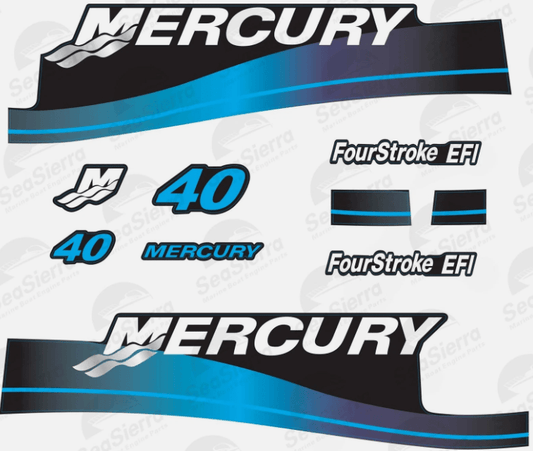

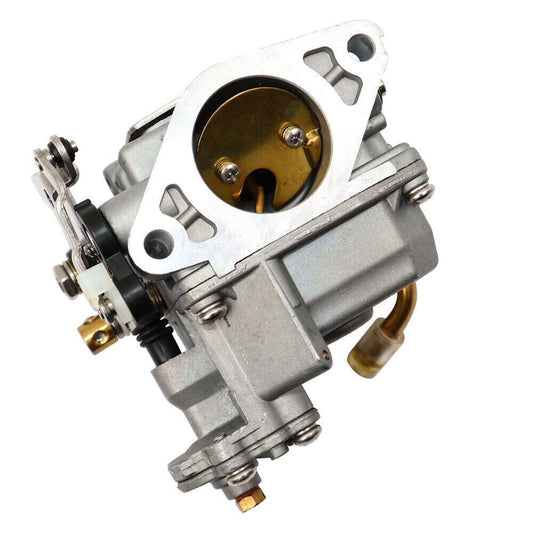
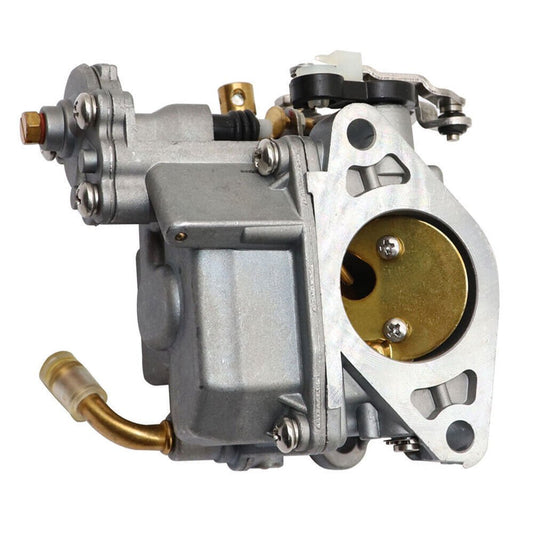
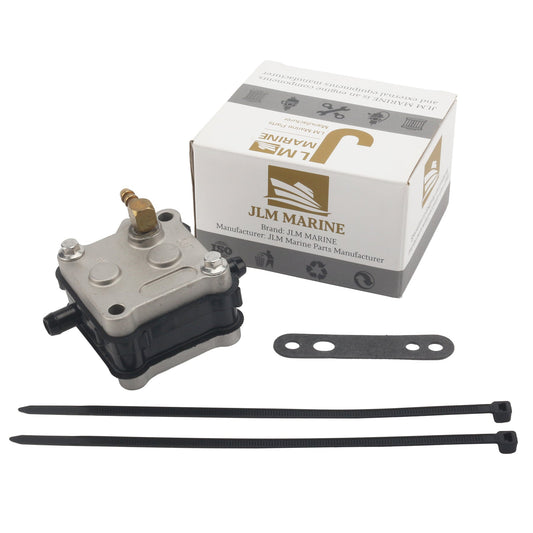
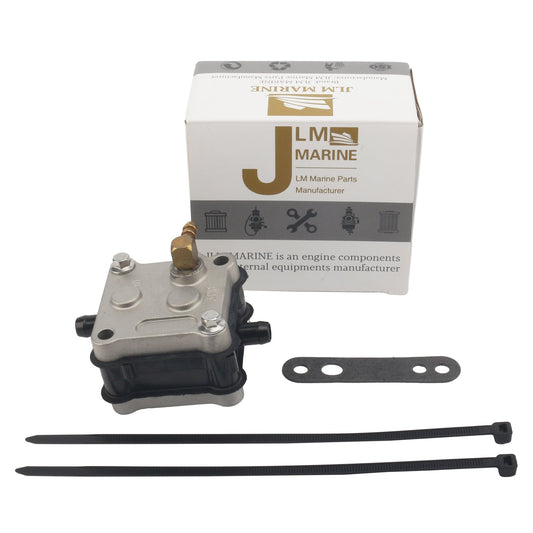




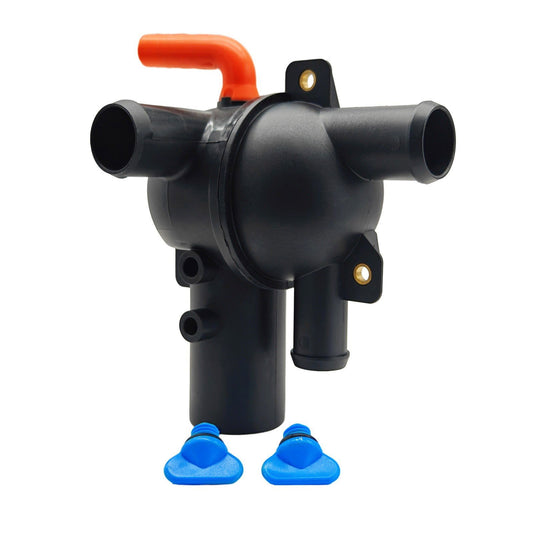
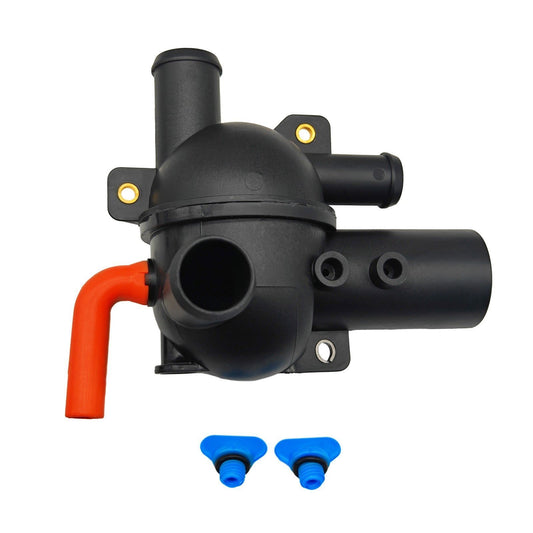
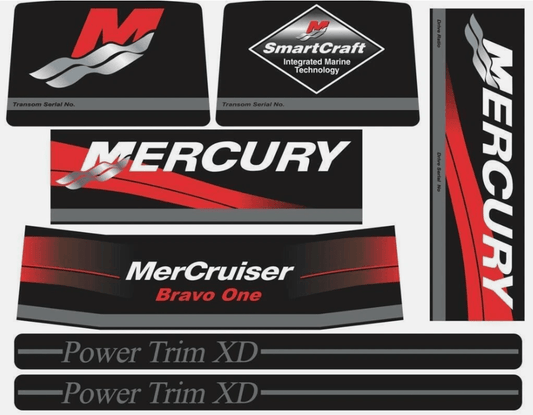
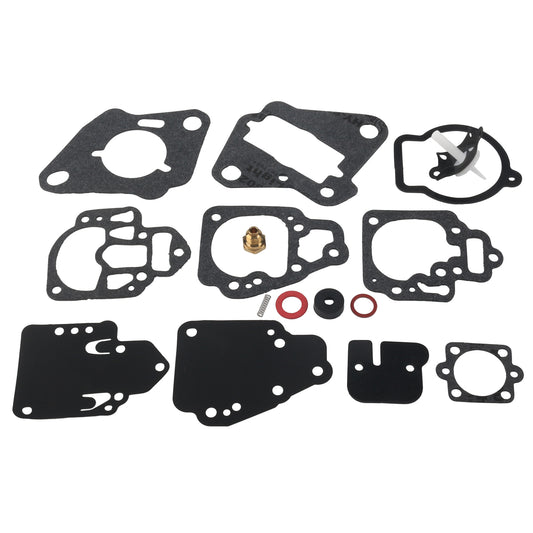
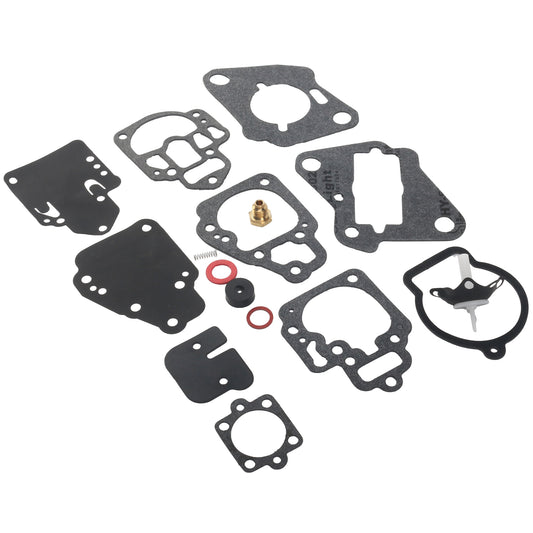
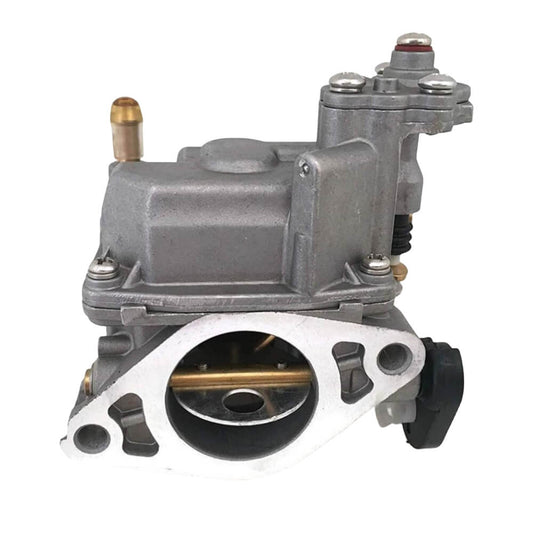
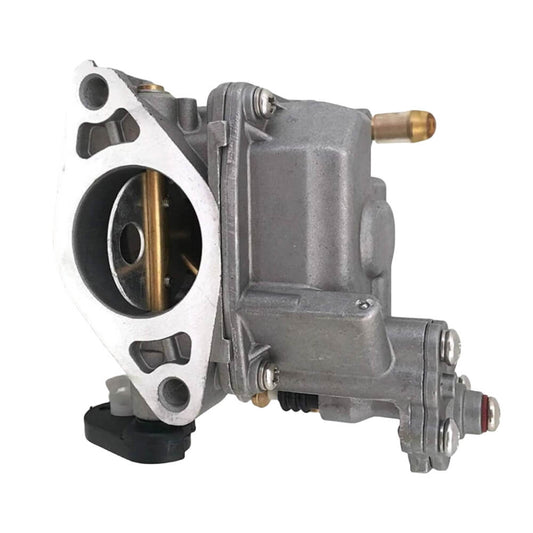
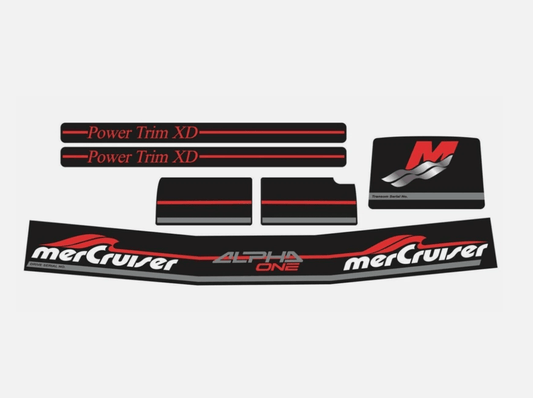

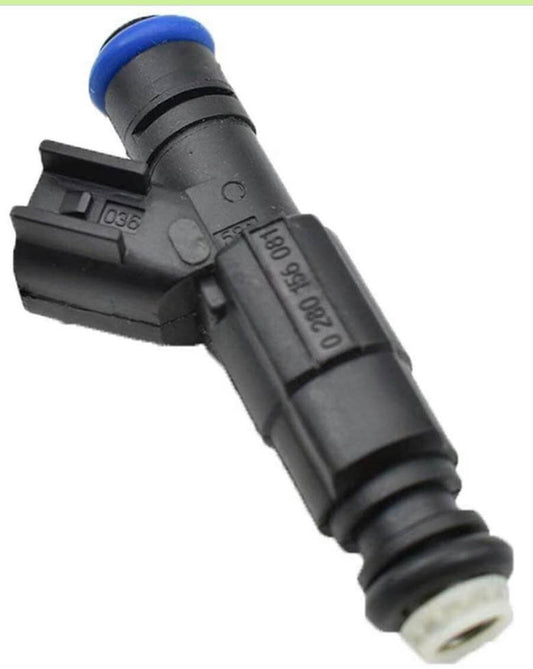
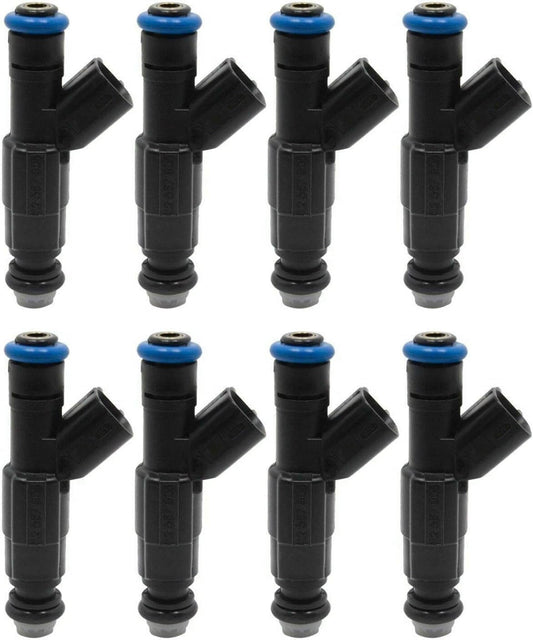
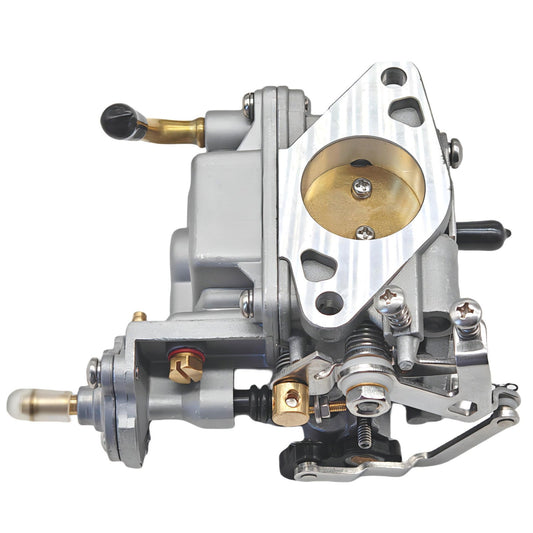
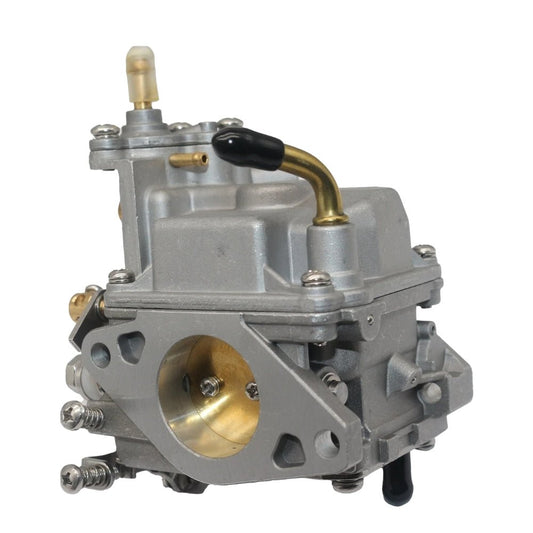
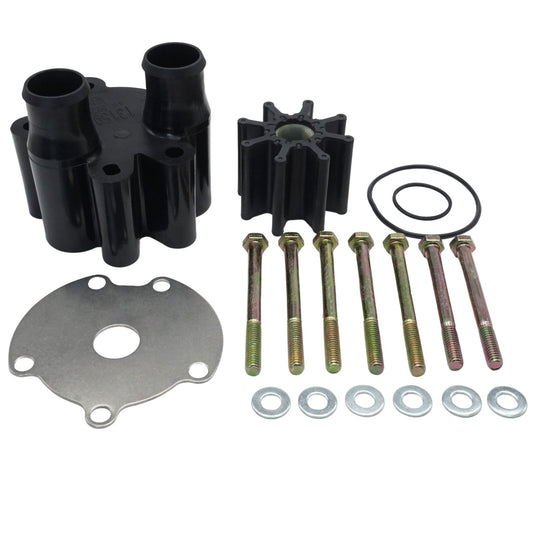
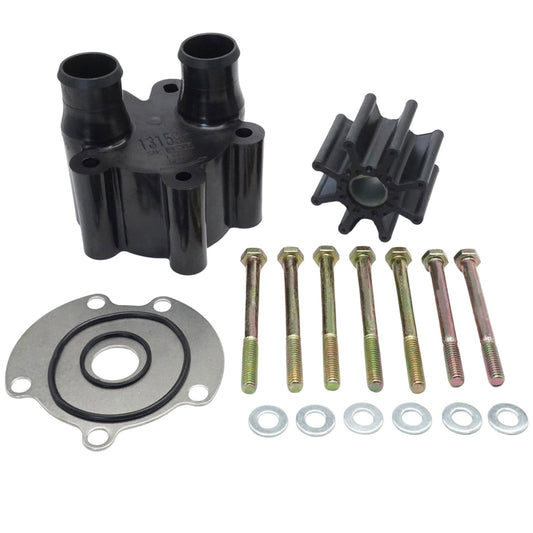
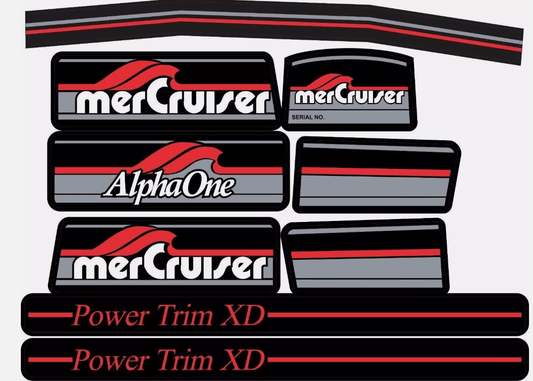



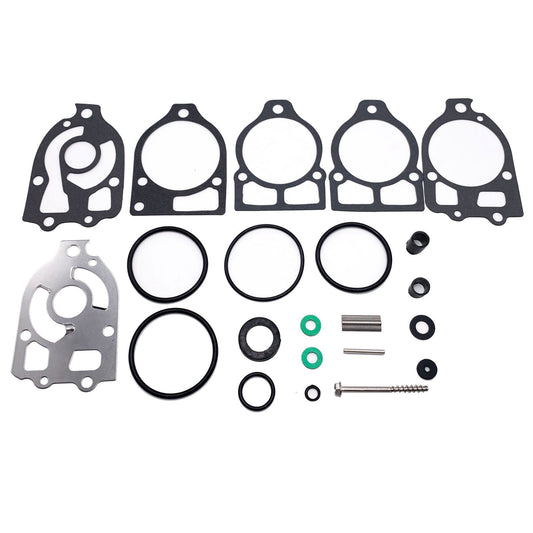
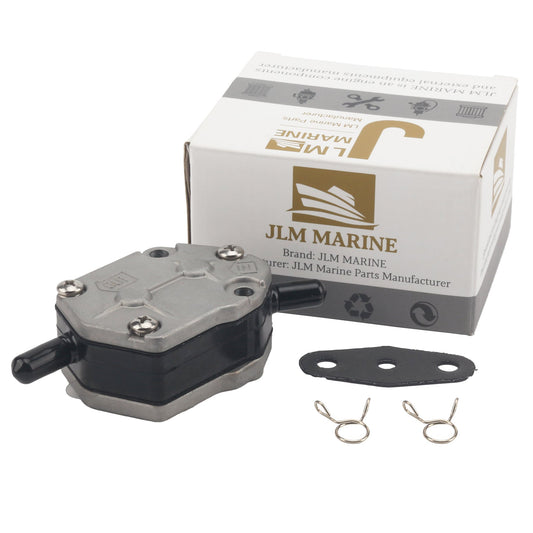
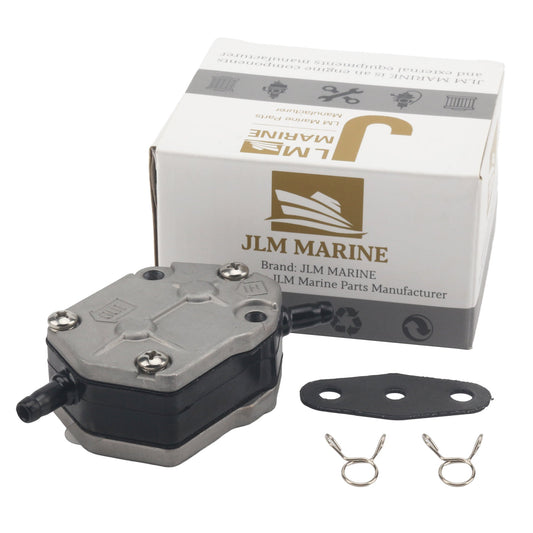
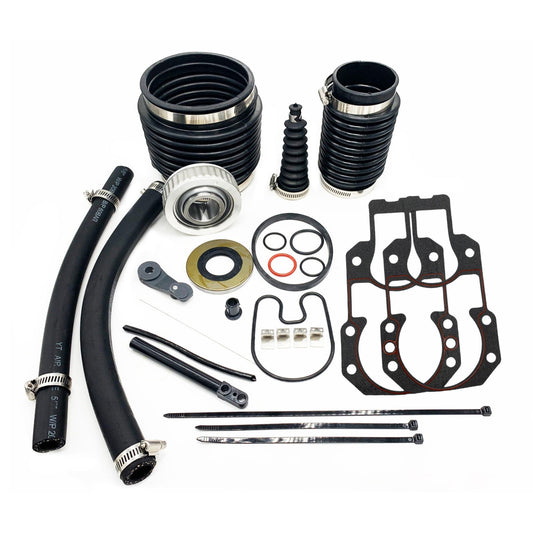
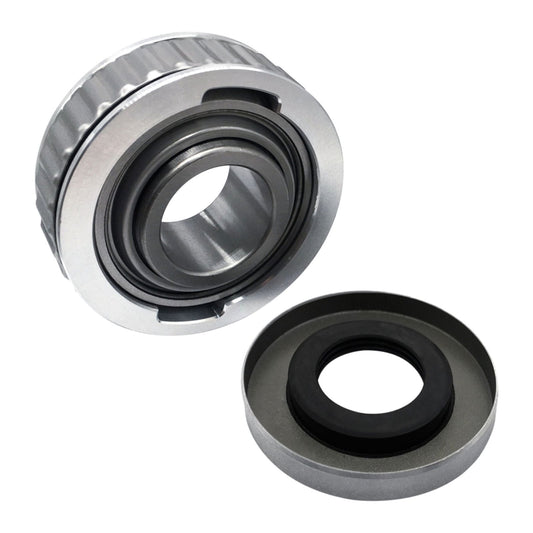


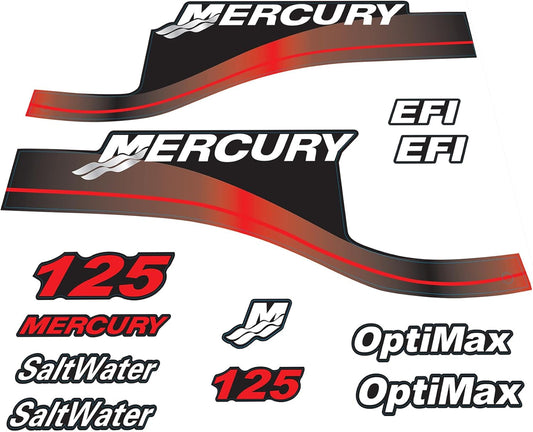

Leave a comment
Please note, comments need to be approved before they are published.